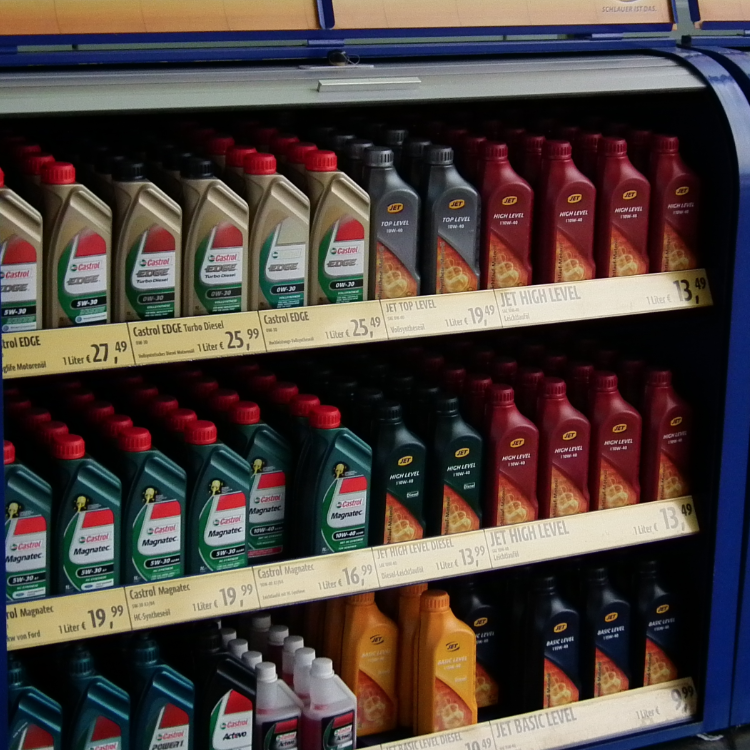If you’re a business owner with a great firm and are wondering why you aren’t able to attract buyers/investors, perhaps you’re committing some of these classic mistakes (with easy fixes) we’ve seen hundreds of businesses commit.
Mistake #1: Revealing very little information about your business
Fix: Answer the Five Fundamental Questions (at least!)
Investors will take less than a minute to look at your teaser/online profile and decide whether to proceed or not. It is therefore important to present an attractive, comprehensive view of your business to enable the investor to make an informed decision. At the same time, be careful about conveying too much of information. Unless specifically asked, you should stick to explaining your business and not the entire industry as most investors/buyers would have already researched this. While investors have varying individual criteria, make yourself investment-friendly by answering the Five Fundamental Questions in your profile/teaser:
1. What exactly is your business?
2. How much money are you looking for?
3. How much money are you making already?
4. Why do you need the money?
5. What does the buyer/investor get in return?
Hint: There is no need to reveal any confidential information. You should request the buyer/investor to sign a non-disclosure agreement before sharing confidential details.
Mistake #2: Projecting unrealistic future growth
Fix: Present pragmatic assessments and plans
Unrealistic goals and projections repel investors and make the business owners look inexperienced. We have seen businesses that project very high revenues compared to their previous revenues over dozens of years of operation.
While it is good to have ambitious targets, you need to provide realistic, well-researched, and acceptable projections and plans to investors.
Mistake #3: Expecting sky-high valuations
Fix: Use online valuation tools and also talk to Valuation Experts
Potential for $100mn in revenue does not equal a valuation of $100mn. You may be intrigued by the valuations which young technology companies are commanding these days but the ground reality for established and stable businesses is different. Buyers/investors look to break-even their investment in 3-4 years, which means around 3-6 times EBITDA is generally an acceptable range. Too-high valuations are most common reason investors pass on opportunities.
For a detailed overview of valuation, please read our primer. We also provide a free valuation tool to help you get a rough estimate of your valuation. Finally, be realistic about valuations and talk to a valuation expert for detailed analysis.
Mistake #4: Low responsiveness
Fix: Be available, prompt and serious about the deal
In a merger/acquisition, we have busy people on both sides of the table. When one of them is available, the other may not be and vice versa. This leads to delay. In such cases, it is important to have a good part of initial conversation over email and then have key conversations over phone, video call or face to face meetings.
We started SMERGERS to help you reduce the time needed to find interested buyers/investors, but when they are knocking on your door, you should take them seriously.
Mistake #5: Not ready with key documents/information
Fix: If you want a deal, keep all documents ready for it
To begin meaningful conversations, buyers/investors will need a few key documents such as a Teaser and an Information Memorandum to shortlist the opportunity. During due diligence process, buyers/investors will require additional documents such as Registration Certificates, Trade licenses, Financial statements, Projections/Targets, Valuation reports, Client contracts, etc.
Making the investor wait for you to process these documents leads to decline in investor interest, concerns over your planning skills, and might result in a no-deal.
Mistake #6: Appearing to be unprofessional
Fix: Communicate effectively, validate trust, and respect your investor/buyer
While interacting with investors/buyers, keep in mind that your behavior reflects greatly on your business. Displaying good communication skills with investors reflects positively on you and your ability to interact with your business’ stakeholders effectively. Make sure you perform a basic spelling and grammar check before hitting the send button.
Being late for meetings, committing to some work and not keeping your word will make investors lose interest in you (and your business!). It is extremely important to be accountable while interacting with investors/buyers.
We understand that you are an entrepreneur and have built a business all on your own, but you need to respect the buyer/investor. Instead of a generic ‘if you’re interested, call me’, being genuinely involved while interacting with buyers/investors will help you close the deal successfully. Even if you are the next Facebook, keep the ego aside and focus on building cordial relationships. It will payoff some way or the other.
Mistake #7: Suspecting buyers/investors excessively
Fix: Do a background check- and then stay positive!
Business owners become over-protective of their business and start seeing every buyer as a potential competitor. While it’s important to conduct a background check of the buyer/investor and know who they are, having a positive attitude while speaking to them makes a difference. Business owners who believe that the buyer/investor they are speaking with is the one who will close the deal, are the ones who actually close the deal!
We have seen many deals fail at the brink of being closed due to business owners committing these common mistakes, and we’d like you to be aware that getting these small things right leads to faster deal closures.A successful closure can be attributed to being practical and being proactive. Business owners should follow this religiously or appoint an expert advisor who will take care of the intricacies of the process from end to end.
In a future post, we will explore common mistakes investors/buyers commit while interacting with business owners. If you have any thoughts or comments, we’d love to hear from you at help@inbox.smergers.com.








































